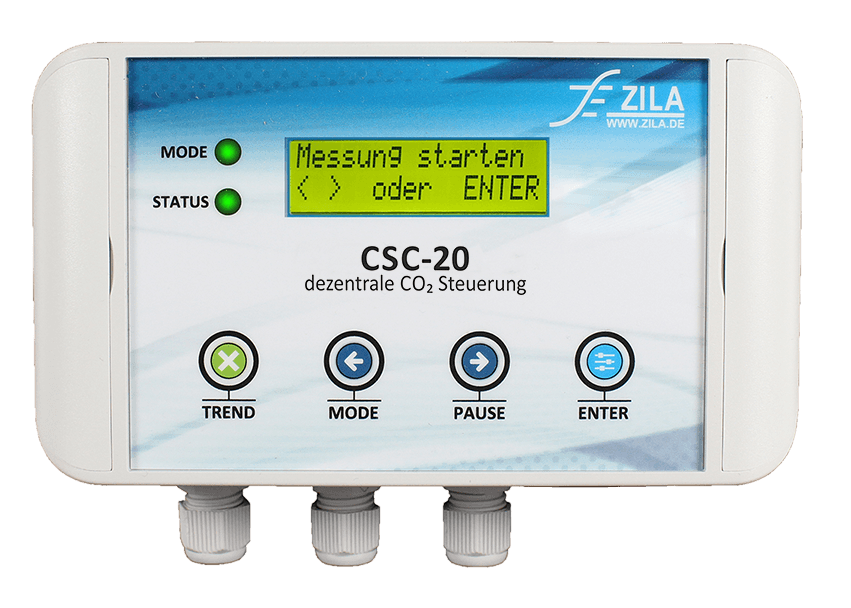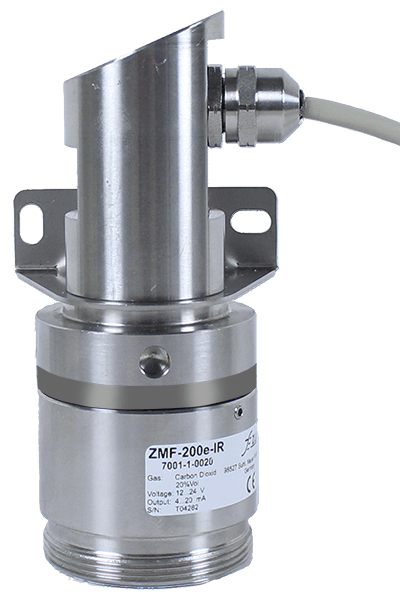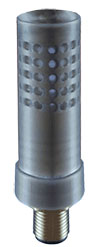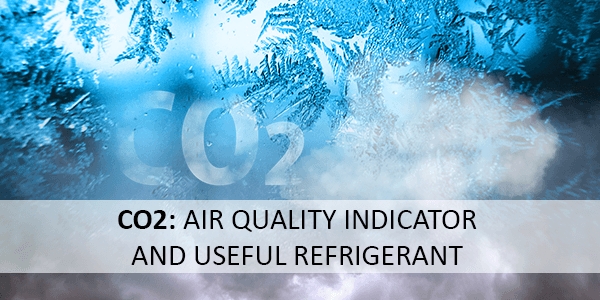
- Written by ZILA GmbH
CO2: Air quality indicator and useful refrigerant
You can find the entire article on ZILA's CO2 detectors and controls, as well as further information and useful links, as a PDF file for download at the bottom of this page.
ZILA is considered a specialist in controlling and handling of liquid and gaseous media. Carbon dioxide (CO2) as a medium can occur in gaseous, liquid and in solid form as dry ice. As a chemical compound, CO2 is produced during combustion processes of carbon-containing substances and as a by-product through cellular respiration of living organisms.
CO2 as an indicator of air quality in living, working and passenger spaces
The invisible gas is odourless, colourless and heavier than air, which can cause dangerous situations for humans. Uncontrolled increases of the CO2 content in the air not only reduce the oxygen uptake, but can also lead to headaches, tiredness, reduced performance and even unconsciousness. For example, this can happen due to emissions or in rooms where many people are staying at the same time.
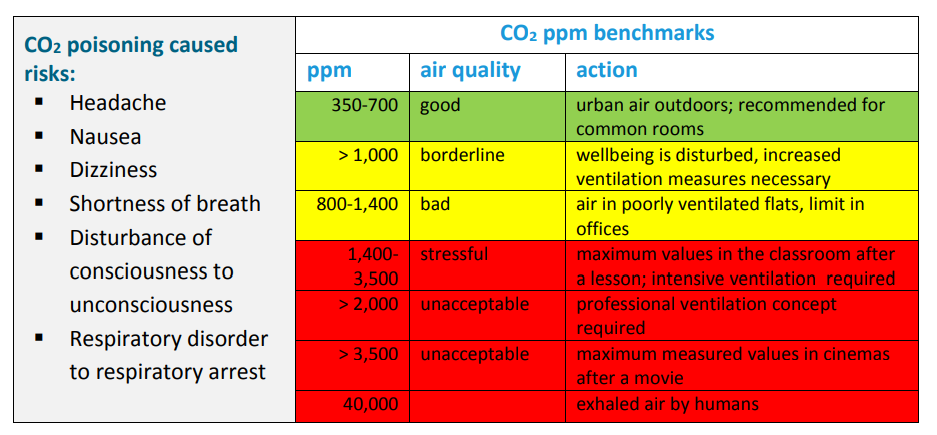
For 150 years, the concentration of carbon dioxide has been considered an indicator of indoor air quality (Pettenkofer value). Humans produce CO2 when exhaling and are therefore a source of increased CO2 levels in the indoor air themselves. The exhaled air contains a CO2 concentration of about 40,000 ppm.
All in all, poor indoor air quality leads to bad odours and can endanger people's health and performance! For this reason, air quality and CO2 content monitoring of the room and ambient air are always necessary when people stay in rooms for longer periods of time.
In order to maintain good living and working conditions,controlled room ventilation is absolutely necessary. The detection of the CO2 concentration with sensors and switches is a good and reliable basis to achieve this in the industrial, commercial and private sectors.
CO2 as a process gas in industrial processes
How to use CO2 as a natural refrigerant R744 according to DIN EN 378-1
According to DIN EN 378-1, a refrigerant is defined as a fluid that is used for heat transfer in refrigeration systems. In this way, it is supposed to absorb heat at low temperatures and low pressure and release heat at high temperatures and high pressure.
Using CO2 as such a refrigerant in refrigeration and heat pumps has several advantages in terms of cooling capacity and efficiency due to its excellent heat transfer coefficient. CO2 is often generated as a by-product in various industries and therefore does not need to be produced in a complex process. This means that it remains cost-effective to use CO2 both in transcritical and in subcritical industrial refrigeration applications.
Other areas of application include controlling CO2 in order to create ideal climatic conditions. For example, the ripening process of food can already be accelerated or slowed down in the greenhouse, during storage and during transport in a container with the help of CO2. In the food industry, CO2 is also used to produce carbonic acid in beverages. Another field of application is exhaust gas ducts, which are intended to remove CO2 that has been produced in combustion processes.
A short selection of CO2 applications at a glance:
- Good indicator for the indoor air quality
- Useful refrigerant in refrigeration systems and heat pumps
- Advantageous in the ripening process of food and for food storage and transport
- Favourable for carbonic acid production in the food industry
- Excellent CO2 remover in exhaust gas ducts
Regardless of these advantages and applications, it is important to be able to control the medium used, both in terms of personal and plant safety as well as process efficiency and quality. This requires precise CO2 sensors along with measuring, testing and control devices.
ZILA's products and solutions
The various applications of carbon dioxide shown demonstrate that precise CO2 detection in rooms and in many industrial processes is absolutely necessary. Above all, this can maximise the personal and plant protection. In the field of CO2 monitoring, ZILA offers robust and intelligent CO2 gas detectors and controls, which increase efficiency when dealing with CO2 and improve the general quality of life and work.
Sensors and controls for CO2 detection
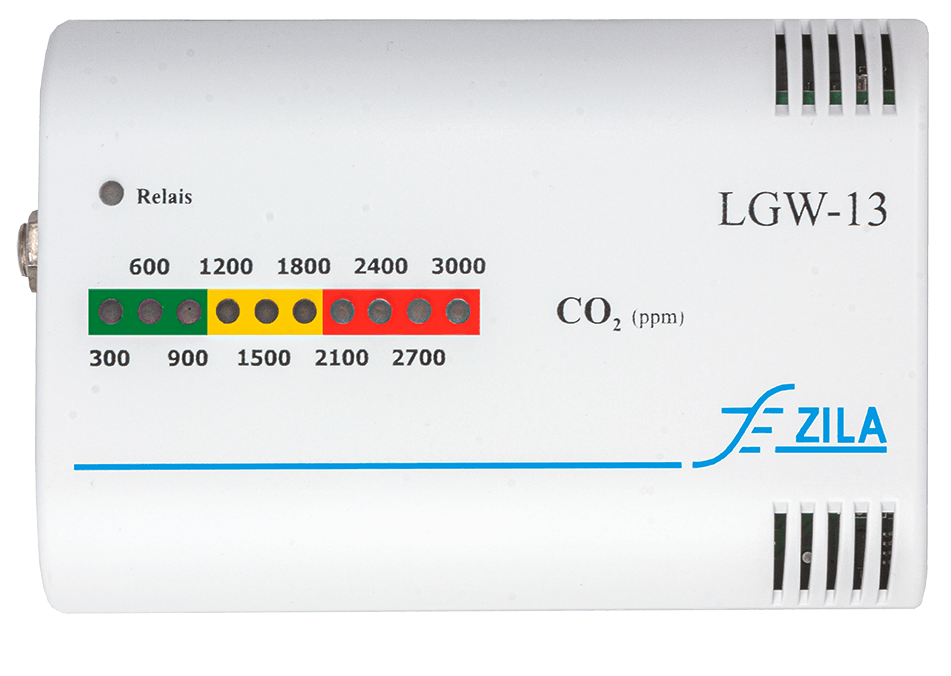
CO2 air quality traffic light with switching function and warning signal transmitter
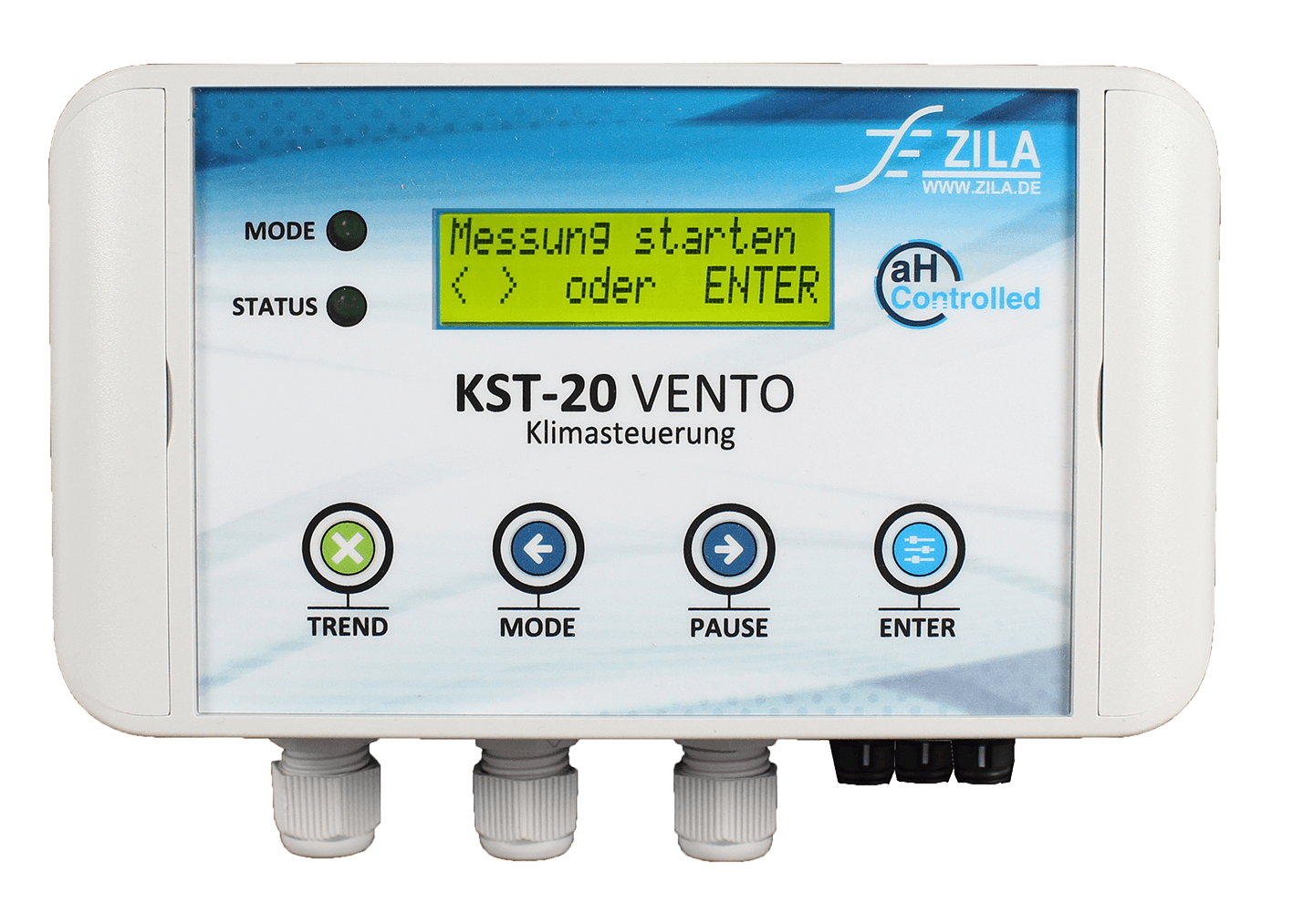
Climate control KST-20 Vento/CO2
Climate control for automatic air quality measurement and room dehumidification
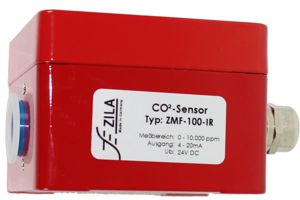
Industrial CO2 sensor ZMF-100-IR
Robust CO2 sensor, for industrial use with optical measuring principle NDIR
| Product advantages | Fields of application |
|
|
More information and links
Site map: Gas detection
Site map: Ventilation and climate controls
CO2 as a refrigerant and indicator of air quality
Everyday applications
Blog: The influence of CO2 on the air quality and our daily lives
Blog: Air quality guard LGW-13: Intelligent CO2 warning device
Blog: Dehumidification and ventilation of existing and listed buildings
Industrial applications
Blog: CO2 sensor ZMF-200e-IR: ATEX and SIL2 certified, for rough applications down to -40°C

